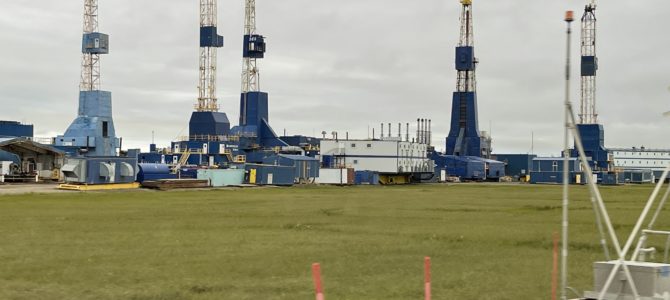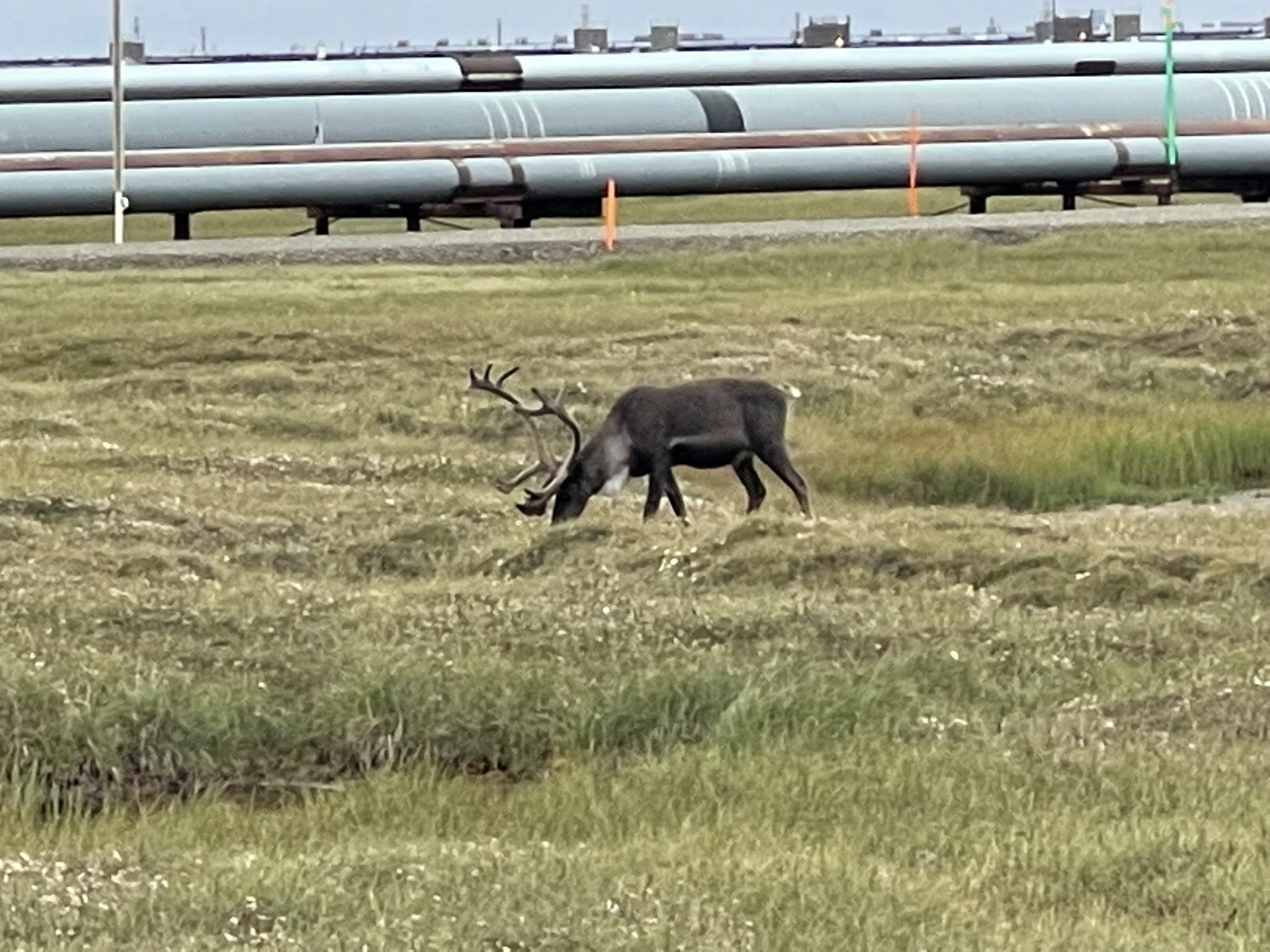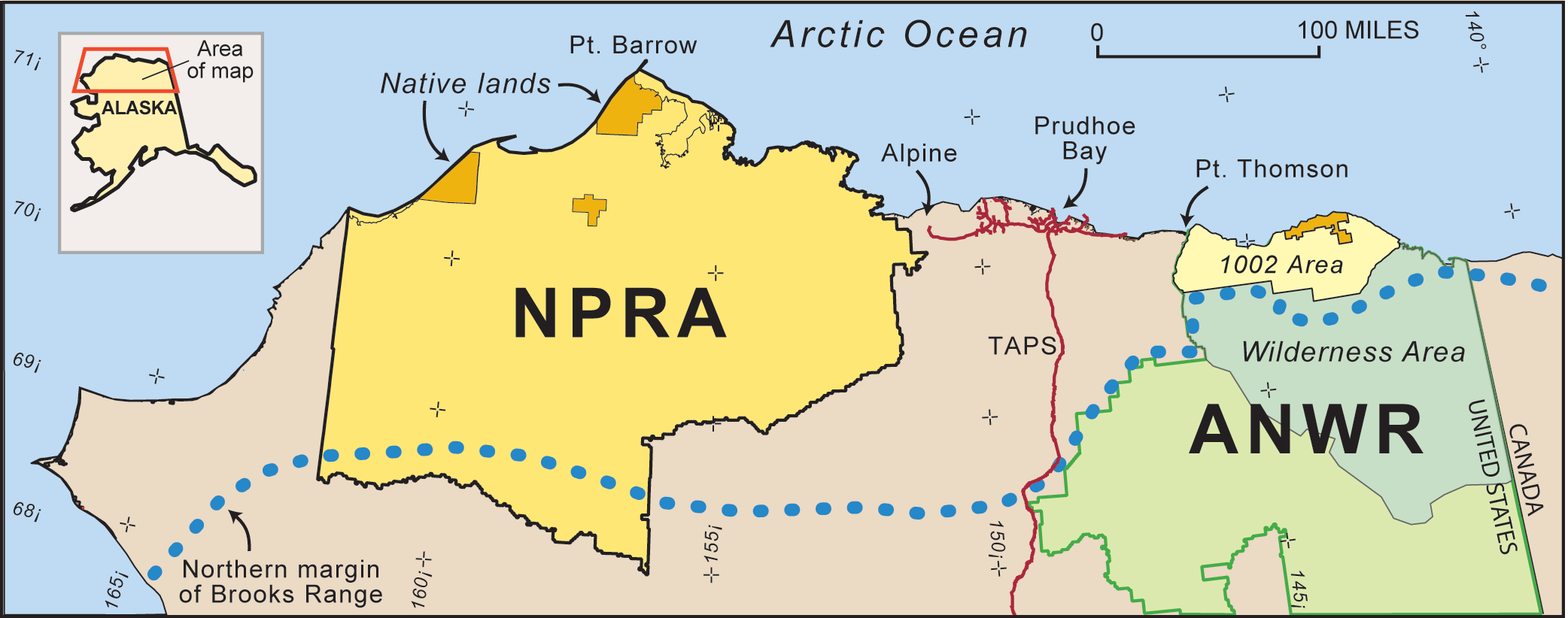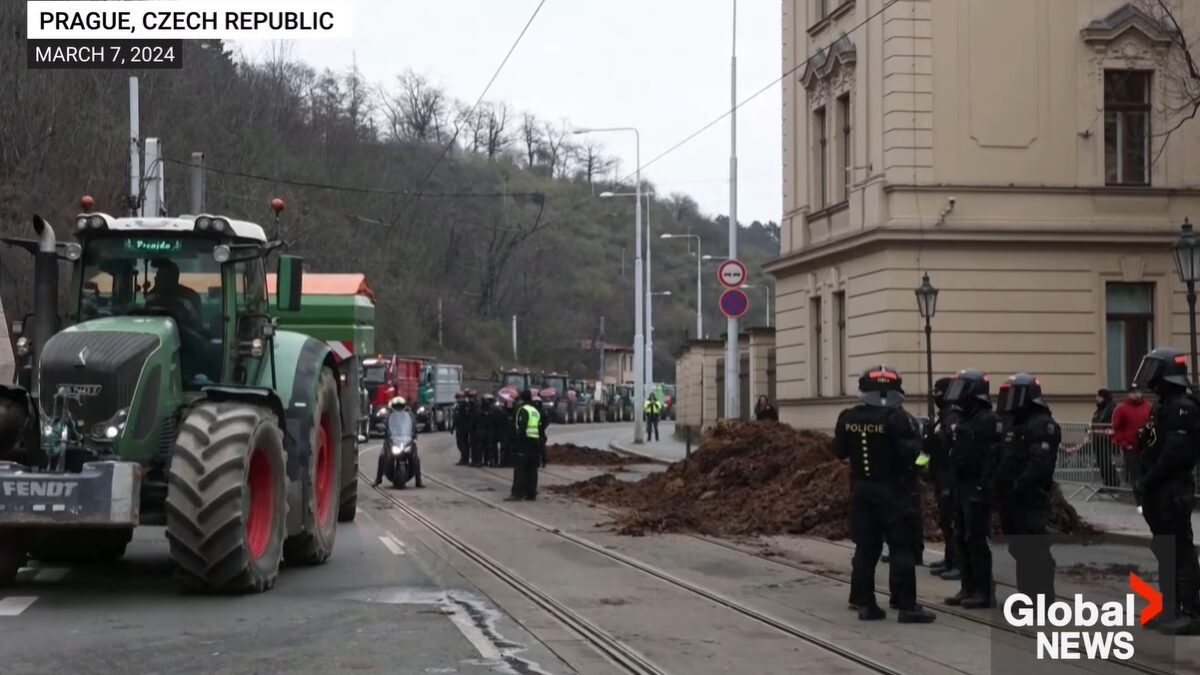
PRUDHOE BAY, Alaska — The Biden administration begged the Middle East to ramp up oil production Wednesday as American producers sit still on Alaska’s frigid North Slope.
“Higher gasoline costs, if left unchecked, risk harming the ongoing global recovery. The price of crude oil has been higher than it was at the end of 2019, before the onset of the pandemic,” wrote Biden National Security Adviser Jake Sullivan. “While OPEC+ recently agreed to production increases, these increases will not fully offset previous production cuts that OPEC+ imposed during the pandemic until well into 2022. At a critical moment in the global recovery, this is simply not enough.”
FULL STATEMENT: The White House urges OPEC+ to pump more oil (above and beyond the current 400,000 b/d monthly hikes the cartel is already implementing) | #OOTT pic.twitter.com/qnWA1l7Pnt
— Javier Blas (@JavierBlas) August 11, 2021
While the administration begs overseas adversaries to ramp up oil production with jobs and development to the benefit of foreign citizens, Americans remain handicapped by Democrats’ zealous animosity towards fossil fuel extraction on domestic land.
Underneath the tundra surface of Alaska’s North Slope sits an estimated 4.3 t0 11.8 billion barrels of untouched recoverable oil located within the flat wetland boundary of the Arctic National Wildlife Refuge (ANWR). Then-President Donald Trump opened ANWR’s 1.6 million acres of the 19.6 million-acre refuge for drilling in the 2017 Tax Cuts and Jobs Act, with leases approved since then now in jeopardy under the new administration.
Biden has been yanking permits and demanding new environmental assessments in an effort to cancel projects altogether. Last week, the Interior Department tossed out the analysis completed under the National Environmental Policy Act (NEPA), long held as the gold standard of assessing environmental impacts, and ordered a new supplemental review for leases in the Arctic refuge two months after they were suspended.
The Biden administration called the earlier review insufficient in a routine attack on projects it merely aims to cancel with the new assessment ordered to “identify the significant issues, including any legal deficiencies in the Final EIS [Environmental Impact Statement].”
“Everything we want to do, they want to stop,” Alaska’s frustrated Republican Gov. Mike Dunleavy told The Federalist of the new administration. “We went from having a president who was all about creating opportunity to an administration that is all about cancelling opportunity.”
Meanwhile, current operations in neighboring Prudhoe Bay show oil and gas extraction can be done cleaner in the United States than in any other country with no harm to wildlife.
Oil and gas producers have been drilling the flat surface of Alaska’s Arctic coast 60 miles west of proposed sites in ANWR since the late 1970s. Objections to the project at the time were the same ones wielded by environmental leftists today that such operations would put the caribou in danger.
Contrary to the doomsday prophesies, the caribou have thrived, rising to peak population of 70,000 in 2010, according to the U.S. Fish and Wildlife Service. They have since fallen back down to 22,000 in 2016, consistent with their herd’s natural cycle, with still a higher population than the fewer than 20,000 estimated in 1997.
In other words, as seen below, the caribou don’t seem to mind the oil and gas operations vehemently opposed by Washington elites from the lower 48 who seek to preserve the entire state as a national park nearly no one would visit.

Driving through the sites at Prudhoe Bay, Nick Walker, who has worked on the North Slope for 39 years, pulled over to highlight an area once bustling just eight months ago before one company decided to sell its assets and pull operations with a new president taking steps from day one to halt oil and gas exploration. Two camps and an area hotel, Walker explained to The Federalist, “have all been shut down due to lack of drilling.”
Prudhoe Bay, however, still flourishes with activity, historically sending an average 1.8 million barrels of oil a day down the Trans-Alaskan Pipeline (TAPS), a modern marvel of engineering. The projects also showcase how Alaskan drilling is done far more efficiently than other operations within the United States, with excess natural gas reinjected into the ground as opposed to burning it in a process known as flaring.
Heavy equipment stands stagnant at Prudhoe Bay, ready for deployment to ANWR if leases eventually move forward and authorize activity, triggering the next step of analyses under NEPA for the final green light. That step however, likely won’t come until the next Republican administration as the incumbent one looks overseas for oil.
“It’s not like what Congress authorized and what the Trump administration put into place was just a free run at the coastal plain,” said one former Trump official involved in the process who spoke on the condition of anonymity due to the person’s post-administration employment. The state’s foremost experts studied the drilling’s potential impact on birds, caribou, and marine life. “It was still going to require robust environmental reviews and protection to make sure it was done right.”
Infrastructure already at Prudhoe Bay has still set up ANWR as a prime spot for development. The Trans-Alaskan Pipeline only 60 miles from drilling sites in ANWR known as the 1002 area mean minimal construction would be necessary, outlined in the map below from ANWR.org.

Walker, a veteran of the industry, said he wasn’t all too surprised to see the Biden administration demand oil from across the world, but was left perplexed by its simultaneous opposition to drilling in the homeland.
“If you’re the president of the United States, why wouldn’t you want drilling in your own country?” Walker said.
“I’m don’t want to bad-mouth the president,” Walker added, “but it seems to me we’re the ones freezing our -sses off on the North Slope trying to make a living for our families.”
Hostility from the Biden administration has put future leases in doubt both in Alaska and elsewhere, such as in New Mexico, despite the potential for ANWR to become the most productive oil field on the planet.
“As much as Alaskans want to think Joe Biden is looking out for our jobs and welfare, actions like this week’s – where he’d import OPEC+ to produce more oil, while continuing to ignore Alaska’s vast oil and gas opportunities – makes it clear where his priorities lie,” Rick Whitbeck, the Alaska director for the non-profit energy group Power the Future, told The Federalist. “The president would rather help grow the economy in other countries than grow domestic prosperity.”
The new administration staking out its opposition to drilling on environmental concerns while it welcomes extraction abroad with lower standards at first appears a classic case of NIMBYism. A look in ANWR’s backyard, though, will find the Iñupiat people as the sole tribe within the boundaries of the proposed area for drilling. They have demanded the right to develop their own land. Instead, Biden has kept operations in ANWR frozen, along with the development dreams of local villagers and Americans as a whole.









